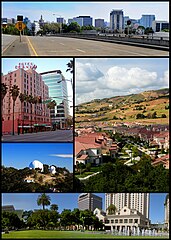 One of the most important conference of the Embedded Linux community will take place at the end of this month in California: the Embedded Linux Conference will be held in San Jose from April, 29th to May, 1st, co-located with the Android Builders Summit. The schedule for both of these events has been published, and it is full of interesting talks on a wide range of embedded topics.
One of the most important conference of the Embedded Linux community will take place at the end of this month in California: the Embedded Linux Conference will be held in San Jose from April, 29th to May, 1st, co-located with the Android Builders Summit. The schedule for both of these events has been published, and it is full of interesting talks on a wide range of embedded topics.
As usual, Bootlin will participate to this conference, but this participation will be the most important ever:
- No less than seven engineers from Bootlin will participate to the event, which is almost our entire engineering team: Alexandre Belloni, Maxime Ripard, Boris Brezillon, Antoine Ténart, Grégory Clement, Michael Opdenacker and Thomas Petazzoni. Only Ezequiel Garcia will be missing.
- Seven talks or BOFs from Bootlin engineers are part of the conference schedule:
- Update on Boot Time Reduction Techniques, with Figures – Michael Opdenacker
- Device Tree for Dummies – Thomas Petazzoni
- Two Years of ARM SoC Support mainlining: Lessons Learned – Thomas Petazzoni
- SMP Bring Up On ARM SOCs – Gregory Clement
- Buildroot: What’s New? (BoF) – Thomas Petazzoni
- Using Yocto For Modules Manufacturers – Alexandre Belloni
- Supporting A New ARM platform: The Allwinner SoCs Example – Maxime Ripard
If you are interested in embedded Linux, we highly advise you to attend this conference. And if you are interested in business or recruiting opportunities with Bootlin, it will also be the perfect time to meet us!

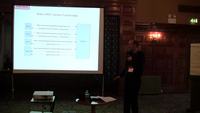
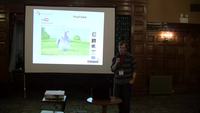
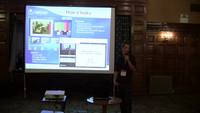

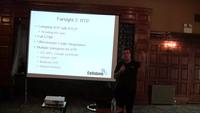


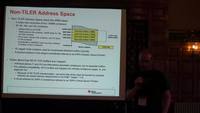

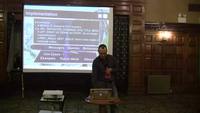


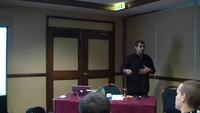

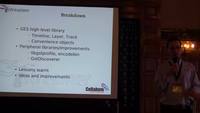
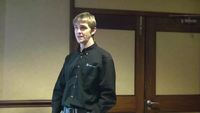
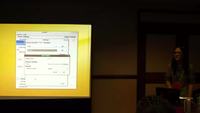
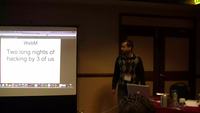

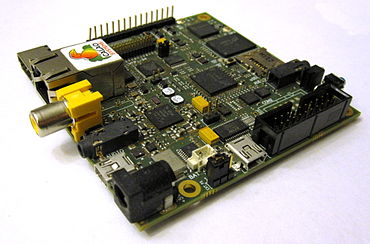 The success of the BeagleBoard platform, a low-cost development platform, that has greatly contributed to the success of Texas Instruments OMAP3 processor in the embedded Linux industry, seems to have inspired another processor manufacturer: ST Ericsson. They have recently unveiled
The success of the BeagleBoard platform, a low-cost development platform, that has greatly contributed to the success of Texas Instruments OMAP3 processor in the embedded Linux industry, seems to have inspired another processor manufacturer: ST Ericsson. They have recently unveiled